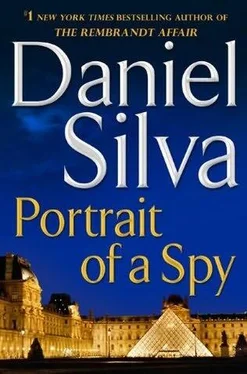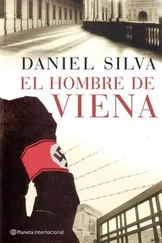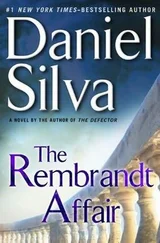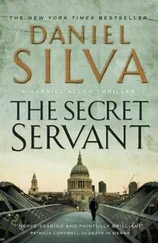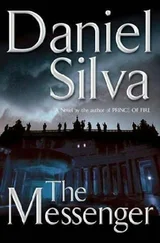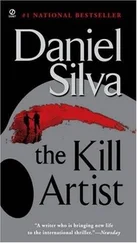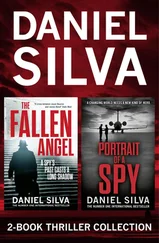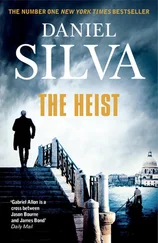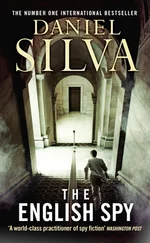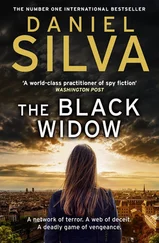Which begs the question: Does the House of Saud, which owes its power to a covenant formed two centuries ago with Muhammad Abdul Wahhab, truly wish to sever financial ties to a Sunni extremist movement it helped to create and nurture? A tense meeting in 2007 might provide an important clue. According to leaked government cables, Frances Fragos Townsend, a senior counterterrorism adviser to President George W. Bush, asked Saudi officials to explain why the Kingdom’s ambassador to the Philippines was associating with suspected terrorist financiers. The Saudi foreign minister, Prince Saud al-Faisal, dismissed Townsend’s concerns, stating the ambassador was guilty of “bad judgment rather than intentional support for terrorism.” He then went on to criticize an American bank for raising “inappropriate and aggressive questions” about accounts maintained by the Saudi Embassy in Washington, D.C.
While the global terror threat has evolved since the morning of September 11, 2001, one thing remains unchanged: al-Qaeda and its affiliates and imitators are actively plotting to murder and maim on a mass scale in Western Europe and the United States. Dame Eliza Manningham-Buller, the former head of MI5, predicted in 2006 that the struggle against Islamic terror would “be with us for a generation,” while other security officials have warned of a “forever war” that will force the West to maintain aggressive counterterrorism programs for decades, if not longer. It is likely that the ultimate length of the global war on terror will be determined, in part, by the seismic events shaking the Arab world at the time of this writing. Much will depend upon which side emerges victorious. If the forces of moderation and modernity prevail, it is possible the threat of terrorism will gradually recede. But if radical Muslim clerics and their adherents manage to seize power in countries such as Egypt, Jordan, and Syria, we might very well look back fondly on the turbulent early years of the twenty-first century as a golden age of relations between Islam and the West.
THIS NOVEL, LIKE THE PREVIOUS books in the Gabriel Allon series, could not have been written without the assistance of David Bull, who truly is among the finest art restorers in the world. Each year, David gives up many hours of his valuable time to advise me on technical matters related to the craft of restoration and to review my manuscript for accuracy. His knowledge of art history is exceeded only by the pleasure of his company, and his friendship has enriched our family in ways large and small.
I am indebted to the brilliant art consultants Gabriel Catone and Andrew Ruth for taking me to the November 2010 Postwar and Contemporary evening sale at Christie’s in New York and tutoring me on the tactics involved in purchasing paintings worth tens of millions of dollars. Truth be told, I found the world of the high-stakes auction far more intriguing than the world of spies and terrorists, and the experience had a profound impact on the ultimate course of the novel. Needless to say, Gabriel Catone and Andrew Ruth have little in common with the fictitious Nicholas Lovegrove other than their sophistication and extraordinary knowledge of the business of art.
Several Israeli and American officials and counterterrorism experts spoke to me on background, and I thank them now in anonymity, which is how they would prefer it. Roger Cressey, the director for transnational threats at the National Security Council from 1999 to 2001, has been an invaluable source of information regarding U.S. counterterrorism policy, and an even better friend. For the record, he has no links whatsoever to the firm of Rogers & Cressey, based on Cannon Street in London.
My dear friend, the eminent anesthesiologist Dr. Andrew Pate, advised me about the disorder known as arteriovenous malformation, or AVM. Also, a very special thanks to M, who lifted the veil on certain matters related to data collection. I do not pretend to be aware of all the technology available to American, Israeli, and British intelligence, but I have tried to write about it in a way that both serves the story and does not bore readers. I am confident the true capabilities of the U.S. government far exceed anything I have described in the pages of Portrait of a Spy .
I consulted hundreds of books, newspaper and magazine articles, and Web sites while preparing this manuscript, far too many to name here. I would be remiss, however, if I did not mention the extraordinary scholarship and reporting of Steve Coll, Robert Lacey, James Bamford, Ron Suskind, Jane Mayer, Jim Krane, Dore Gold, Robert F. Worth, Scott Shane, Souad Mekhennet, and Stephen F. Hayes.
Having lived in the Arab world in the 1980s, I was familiar at the outset of this project with the stifling oppression faced by far too many of the region’s women. Jan Goodwin’s seminal work Price of Honor was an invaluable resource, as was Inside the Kingdom by Carmen Bin Laden. The writer, activist, and commentator Irshad Manji inspired me with her spirit and vision. Dr. Qanta A. Ahmed’s luminous account of her time spent working in Saudi Arabia as a physician helped me to better understand the challenges faced by female professionals in one of the world’s most conservative societies. Her book’s haunting title, In the Land of Invisible Women , found its way into the thoughts of my heroine, Nadia al-Bakari, as did the clarity of its vision. If women such as these ran the affairs of the Middle East, I’m sure the world would be a much better place.
Louis Toscano, my dear friend and longtime personal editor, made countless improvements to the manuscript, as did my copy editor, Kathy Crosby. Bob Barnett, Deneen Howell, Linda Rappaport, and Michael Gendler were a priceless source of wise counsel during a very busy year, as were Jim Bell, Bruce Cohen, Henry Winkler, Ron Meyer, and Jeff Zucker. My study partners—David Gregory, Jeffrey Goldberg, Steven Weisman, Martin Indyk, Franklin Foer, David Brooks, and Erica Brown—kept my heart focused on what is truly important, even when my thoughts strayed to the unfinished manuscript lying on my desk. The peerless Burt Bacharach inspired me with his genius and his enduring passion for his work. Jim Zorn gave me friendship and faith when I needed it most.
A heartfelt thanks to the remarkable team at HarperCollins, especially Jonathan Burnham, Jennifer Barth, Brian Murray, Cindy Achar, Ana Maria Allessi, Tina Andreadis, Leah Carlson-Stanisic, Leslie Cohen, Karen Dziekonski, Archie Ferguson, Mark Ferguson, Olga Gardner Galvin, Brian Grogan, Doug Jones, David Koral, Angie Lee, Michael Morrison, Nicole Reardon, Charlie Redmayne, Jason Sack, Kathy Schneider, Brenda Segel, Virginia Stanley, Leah Wasielewski, and Josh Marwell, who profoundly influenced the plot of Portrait of a Spy with a single question.
I wish to extend the deepest gratitude and love to my children, Nicholas and Lily. Not only did they assist with research and the final preparation of my manuscript, but they gave me unconditional love and support as I was struggling to meet my deadline. Finally, I must thank my wife, the brilliant NBC News journalist Jamie Gangel. In addition to managing my business, running our household, and raising two remarkable children, she also found time to skillfully edit each of my drafts. Were it not for her patience, attention to detail, and forbearance, Portrait of a Spy would not have been completed. My debt to her is immeasurable, as is my love.
DANIEL SILVA IS THE number one New York Times bestselling author of The Unlikely Spy , The Mark of the Assassin , The Marching Season , The Kill Artist , The English Assassin , The Confessor , A Death in Vienna , Prince of Fire , The Messenger , The Secret Servant , Moscow Rules , The Defector , and The Rembrandt Affair . He is married to NBC News Today correspondent Jamie Gangel; they live in Washington, D.C., with their two children, Lily and Nicholas. In 2009 Silva was appointed to the United States Holocaust Memorial Council.
Читать дальше
Конец ознакомительного отрывка
Купить книгу
